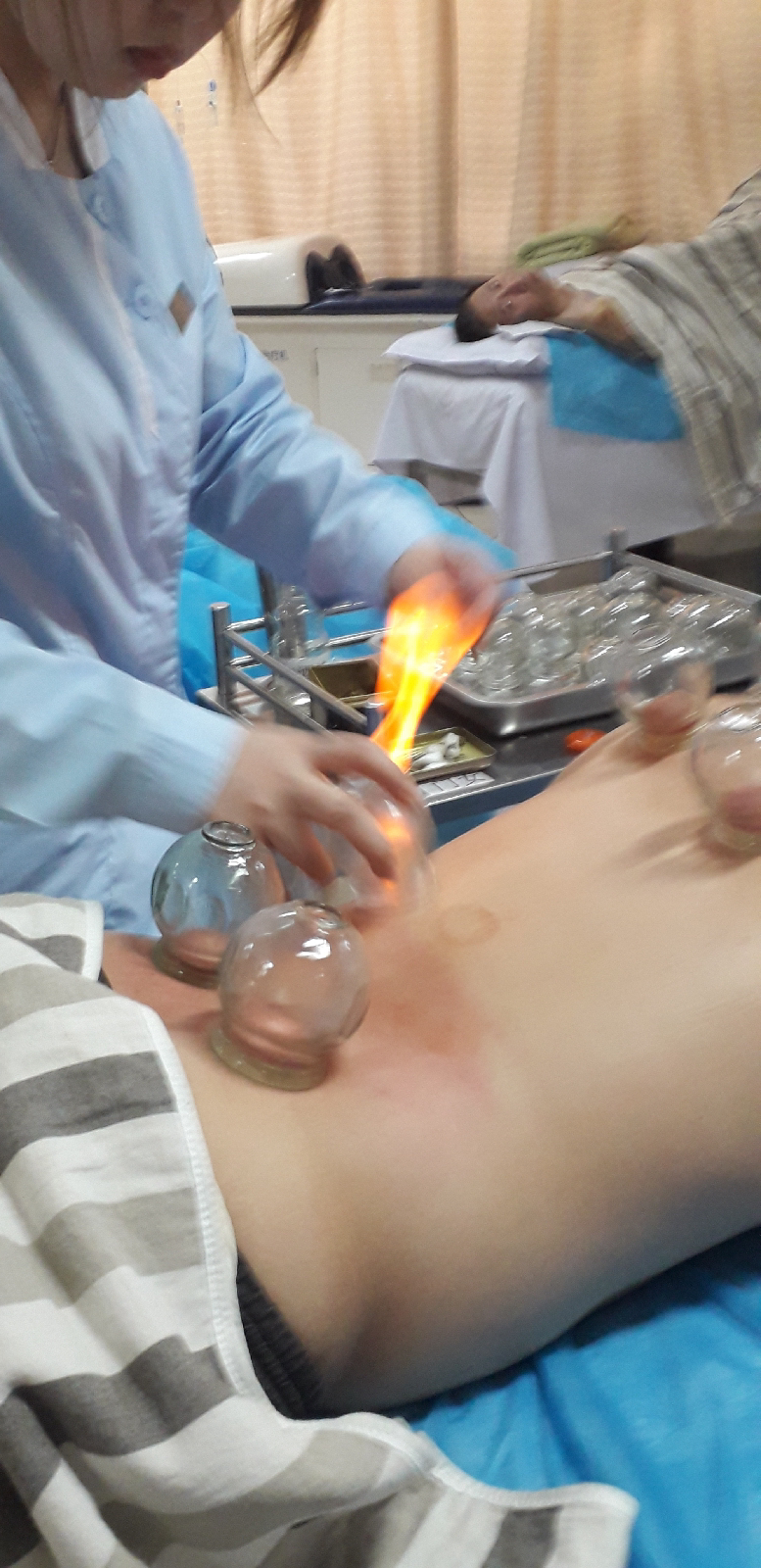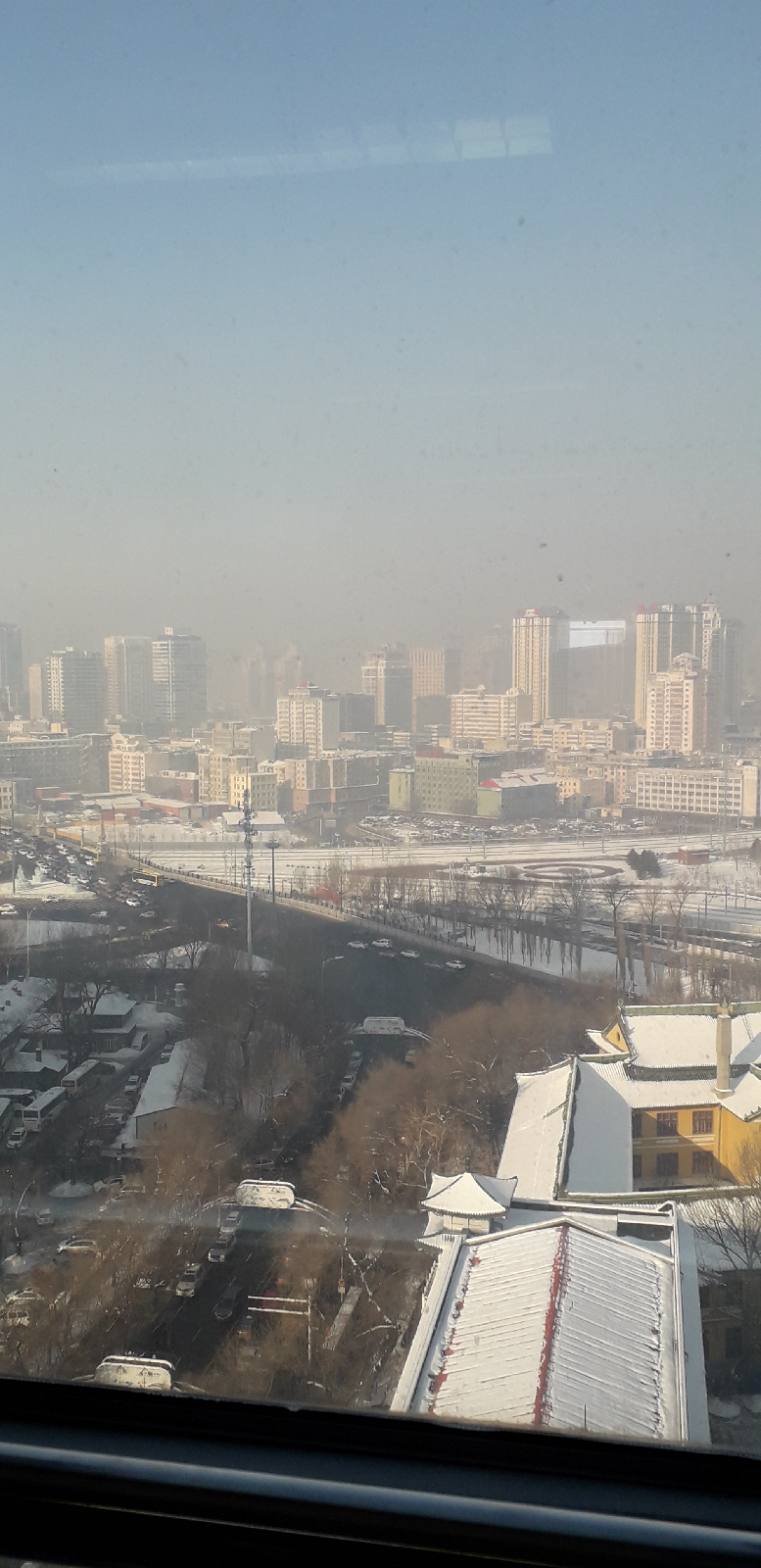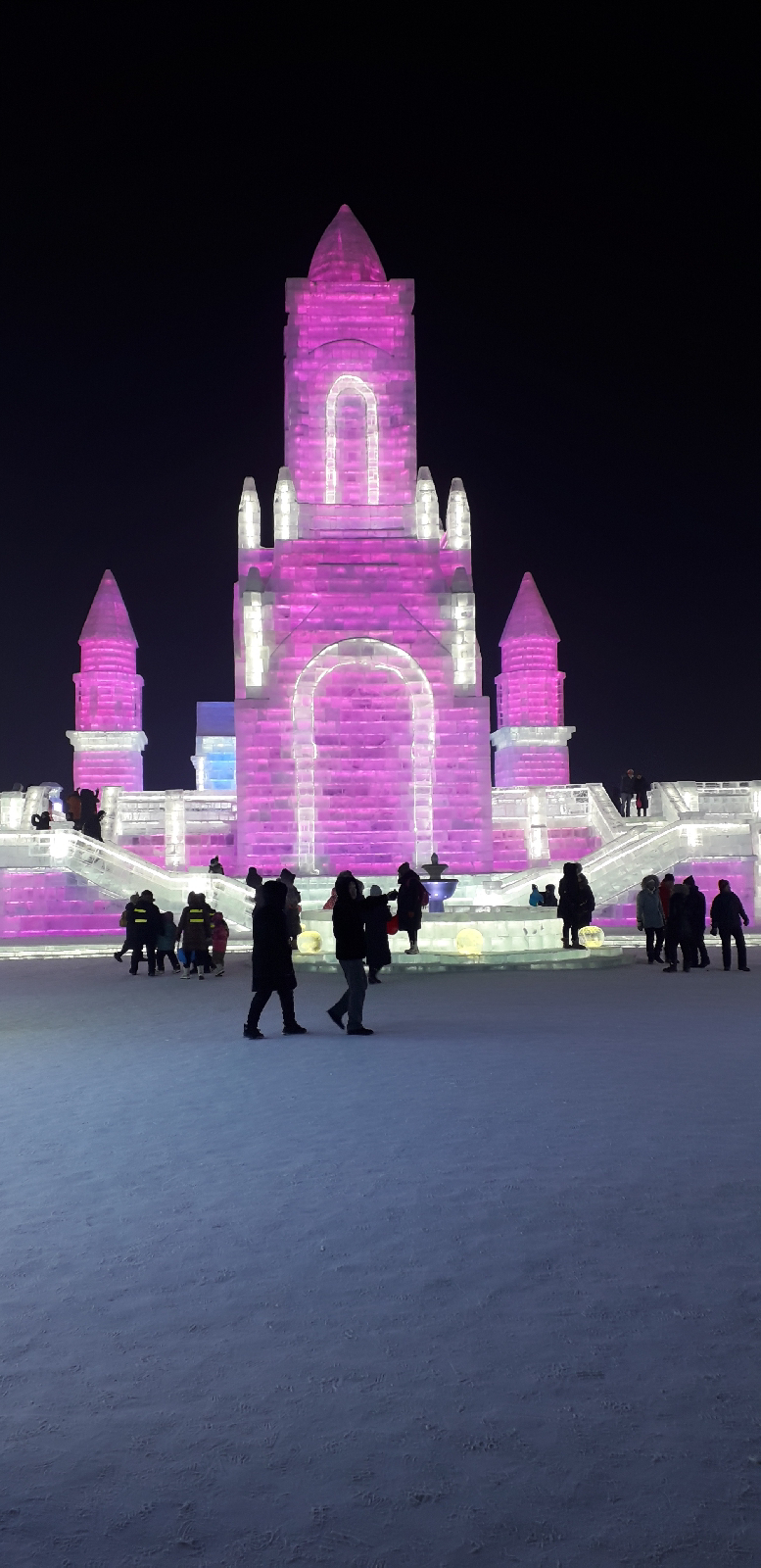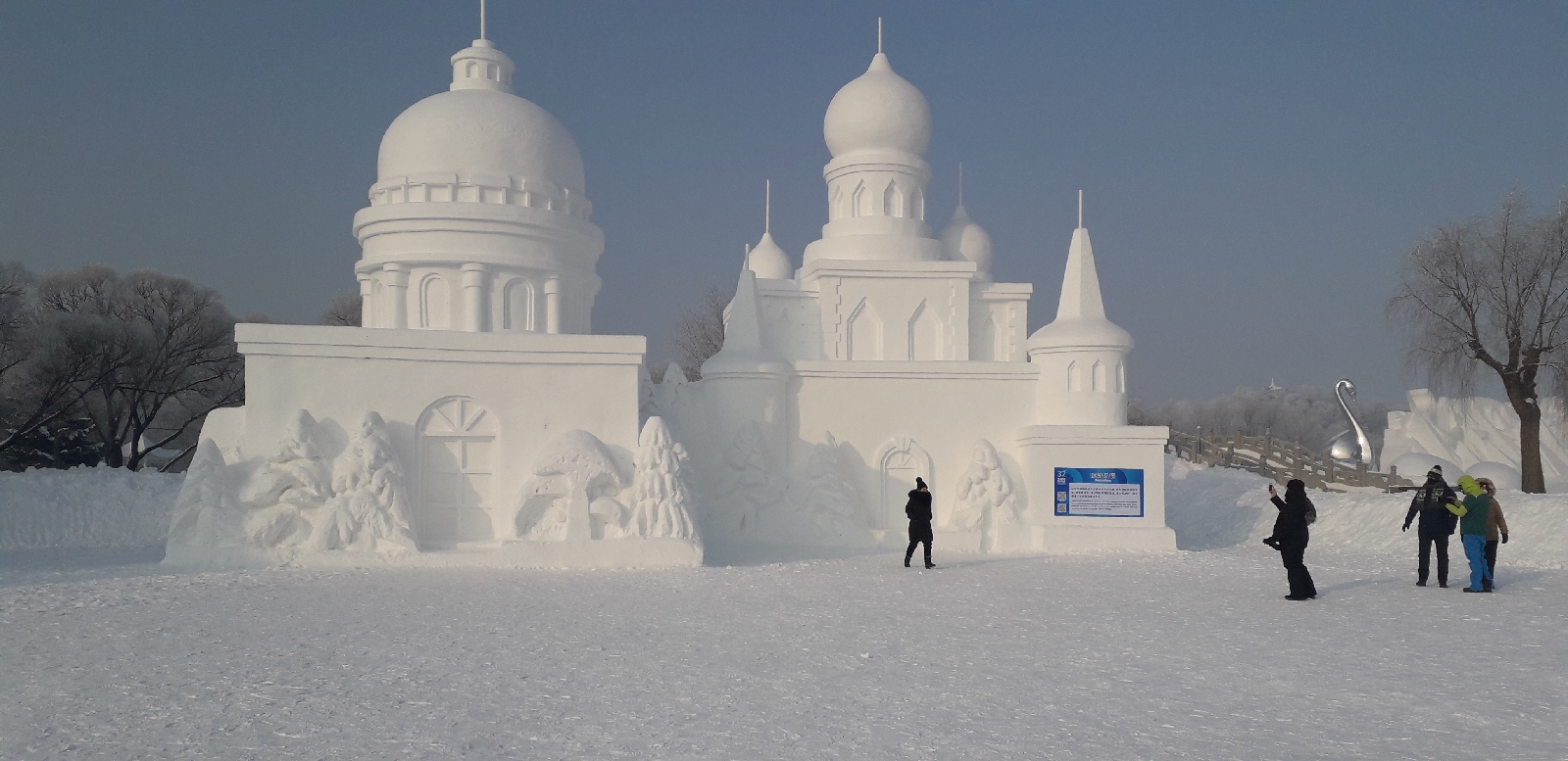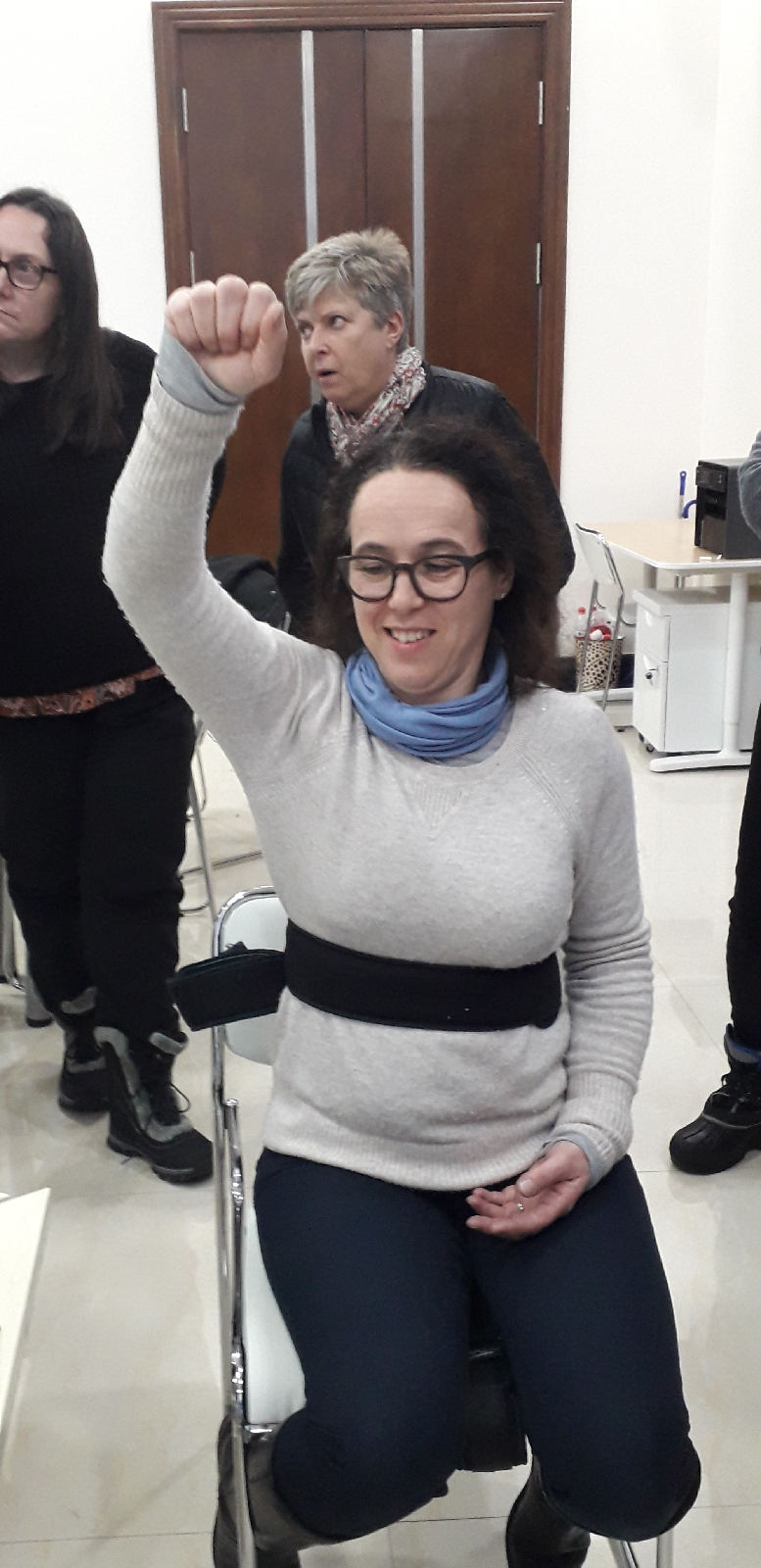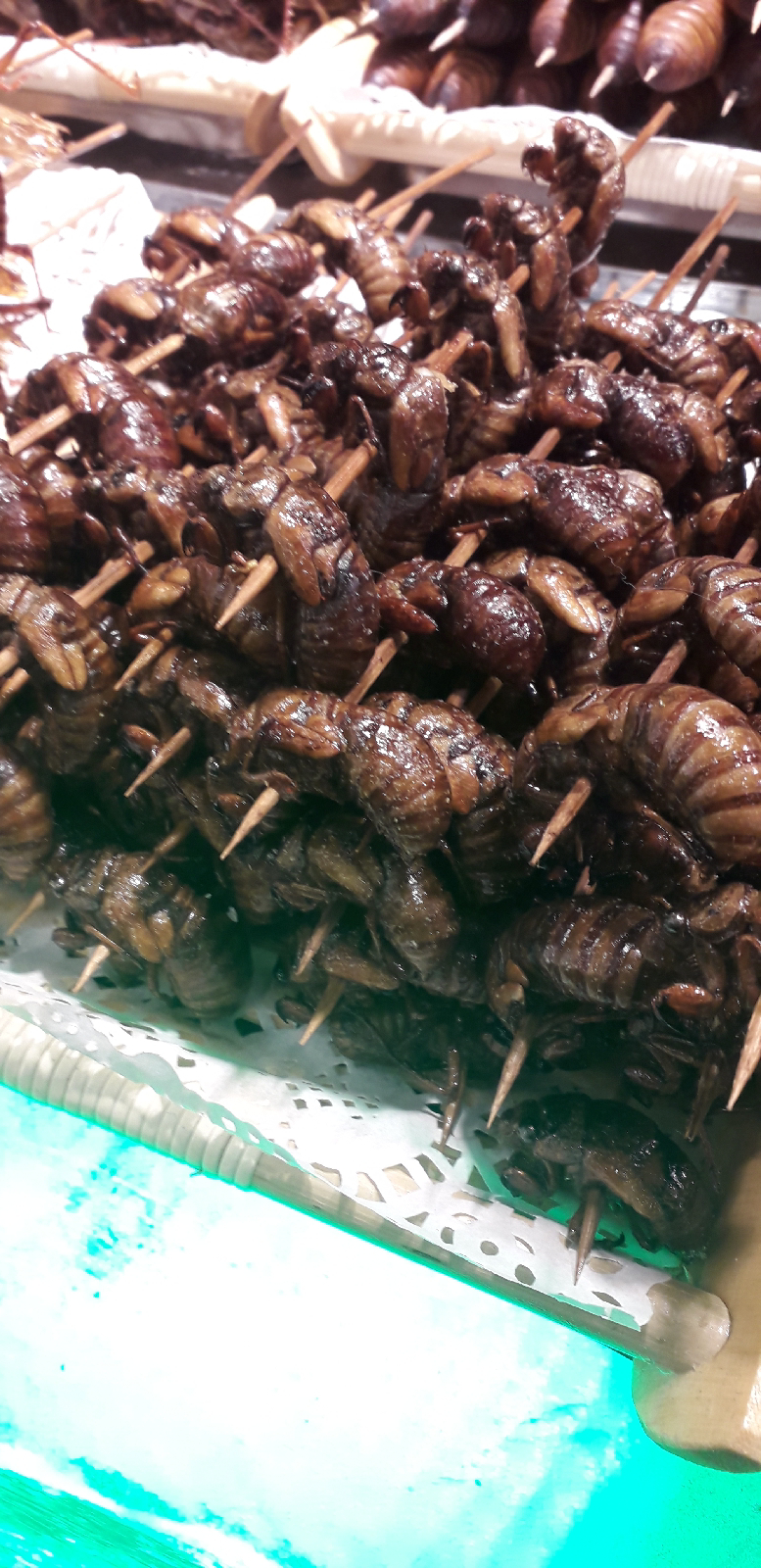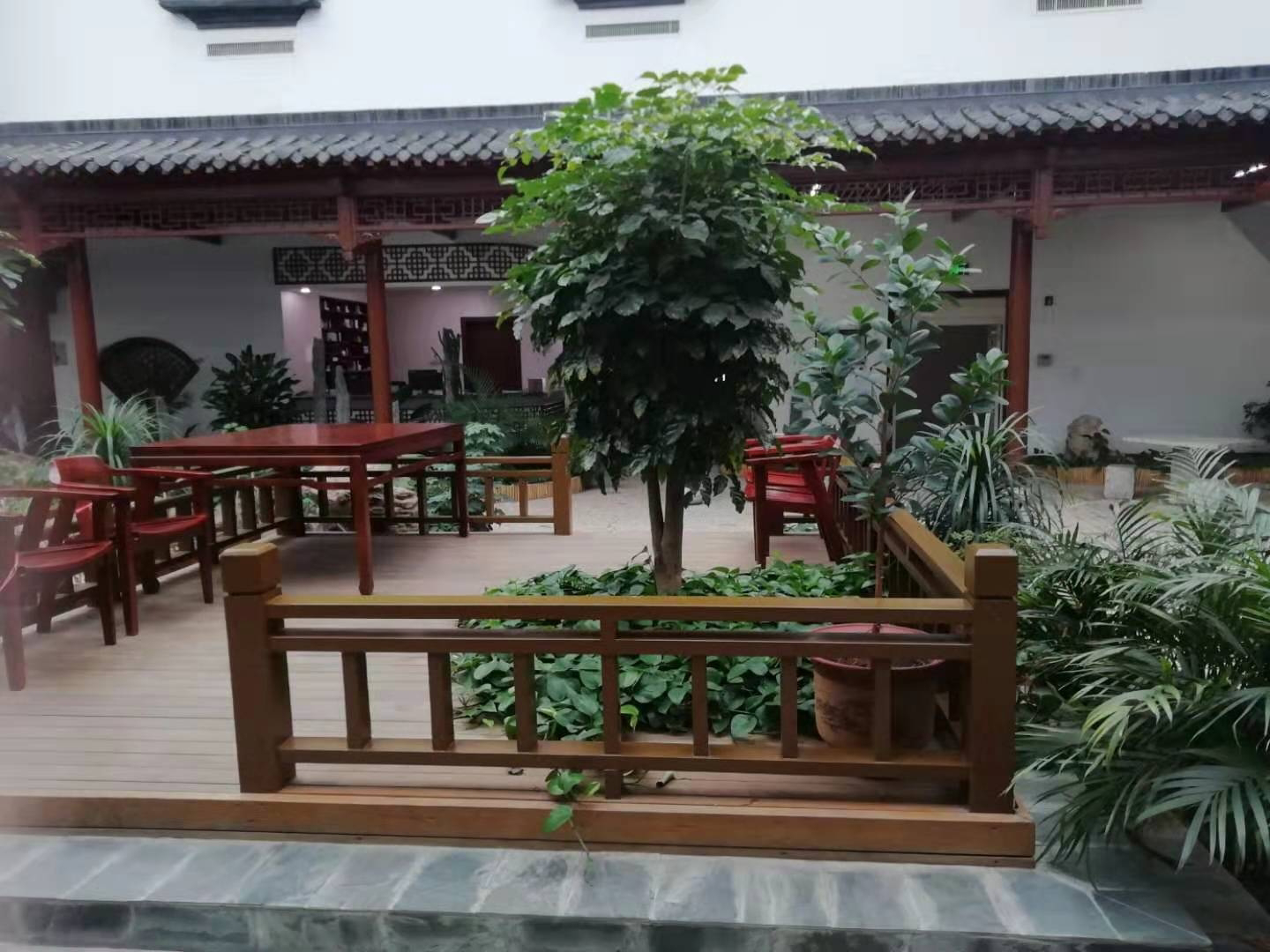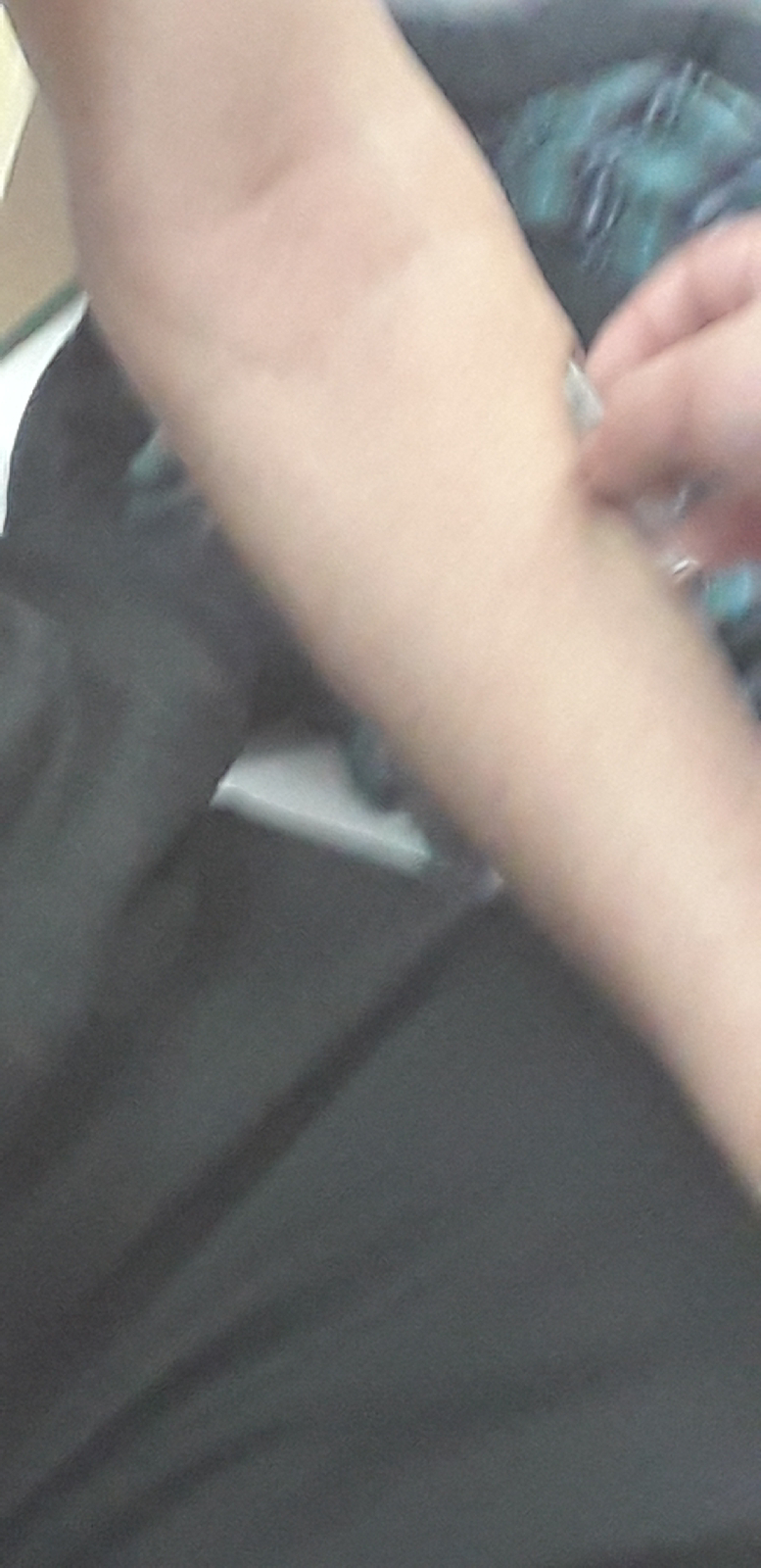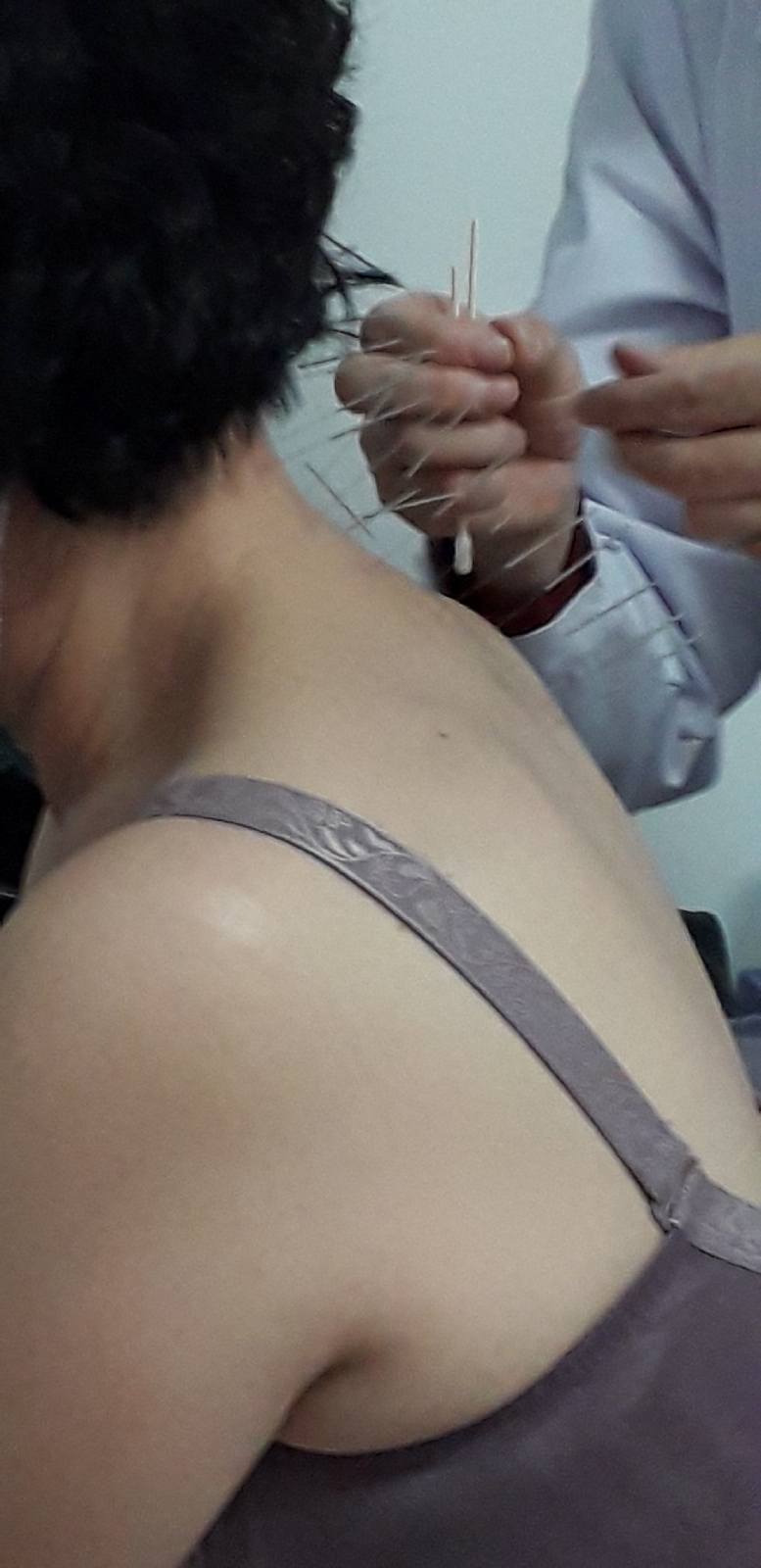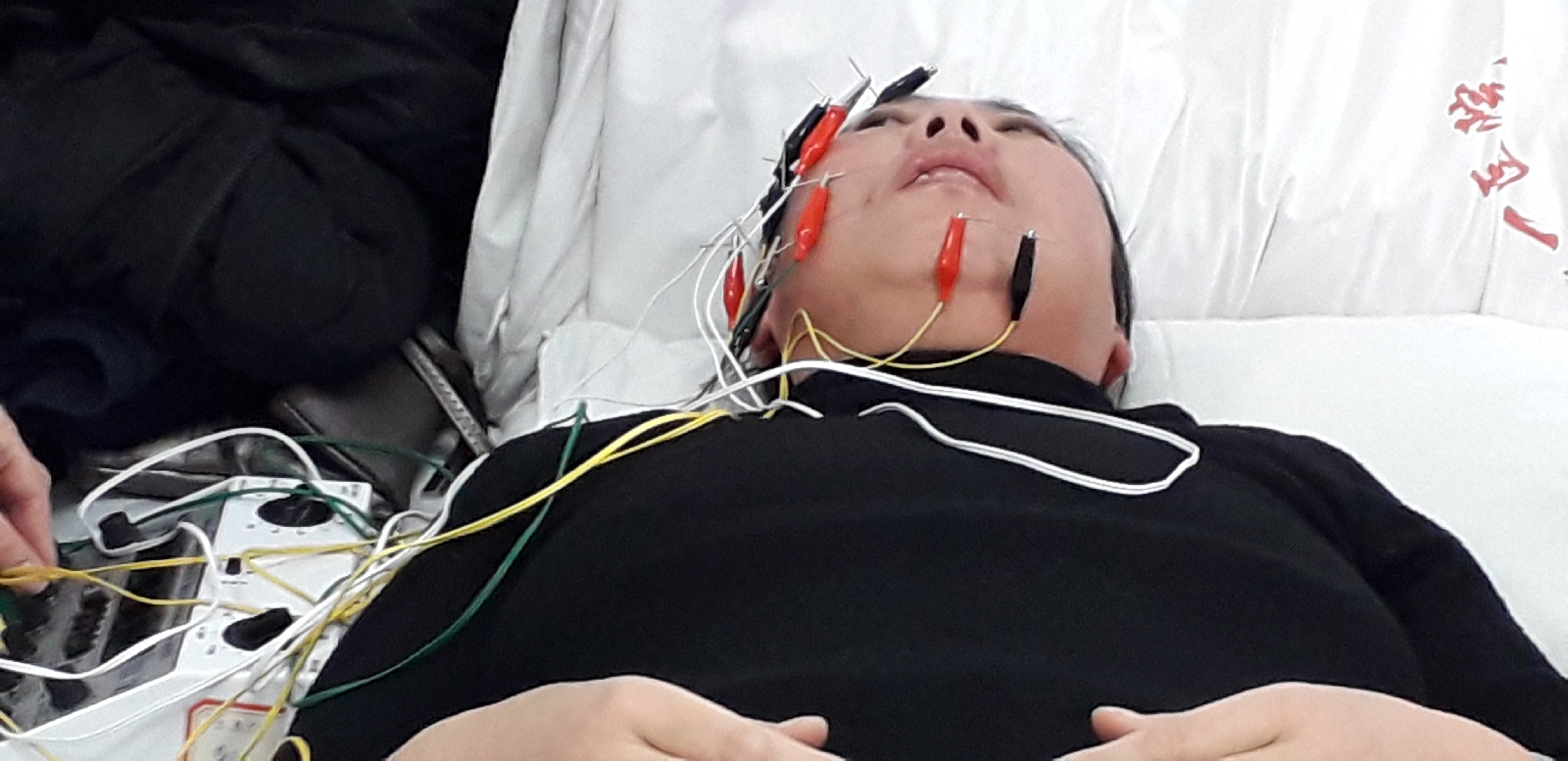The end of a mind opening trip.
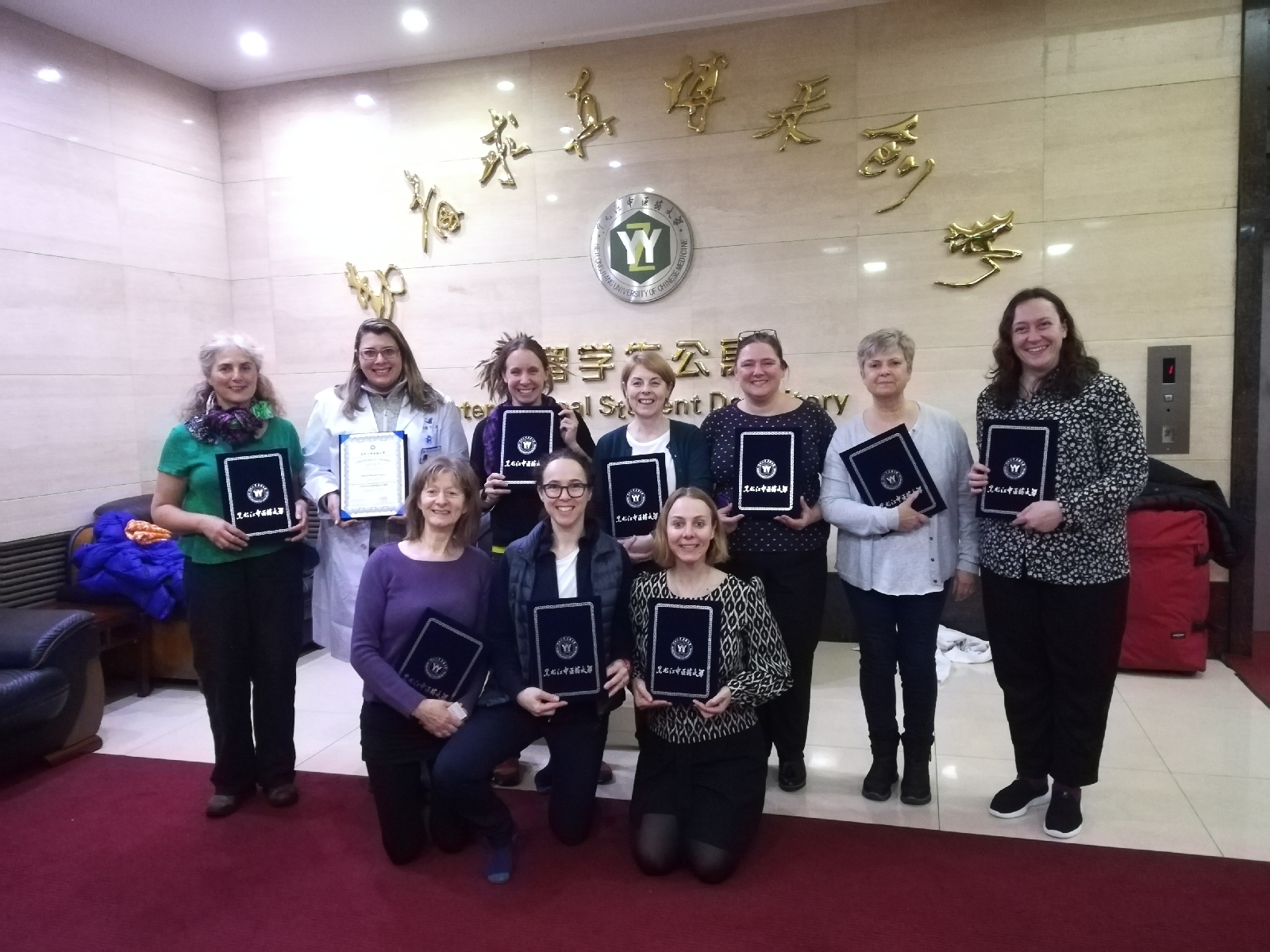
There has been a lot to think about on this trip. As well as meeting some new lifelong friends, you cannot come on a trip like this without it changing how you view the world. I have travelled to many places in the past but in a sightseeing capacity. To see a country in a hospital and see its sick and vulnerable is to really see a country. I have learnt more about China and it's people than I ever could visiting tourist sites. We have an image in the west of China and what it is like but it's people are warm, friendly, loving of their families and welcoming of foreigners. Yes I will be glad to leave behind the squat toilets, spitting on the floor and being pushed and jostled wherever you go and even the odd unidentified object in your dinner, but I will miss the people. China is changing rapidly. It is becoming more Western and consumerism has taken over despite the government trying to slow it down. Chinese Medicine hospitals are an excellent way of treating those with less mo...





